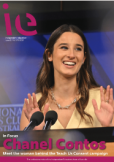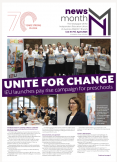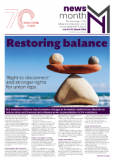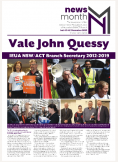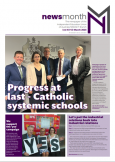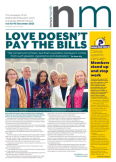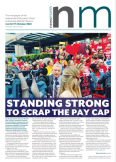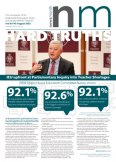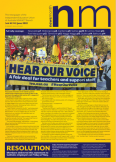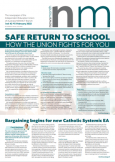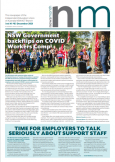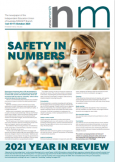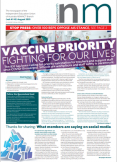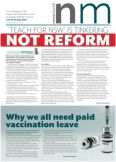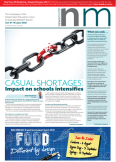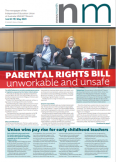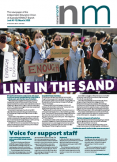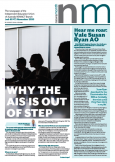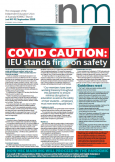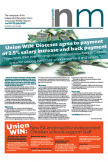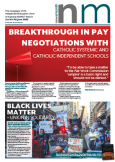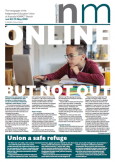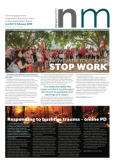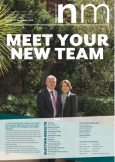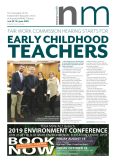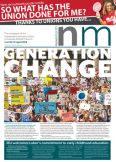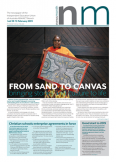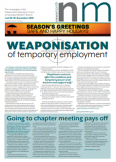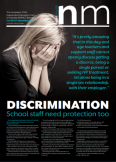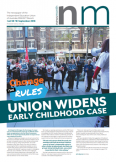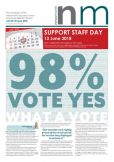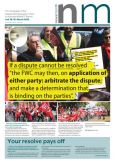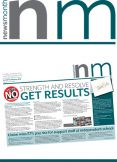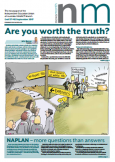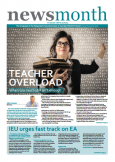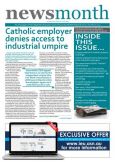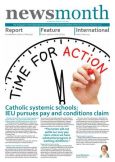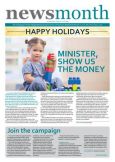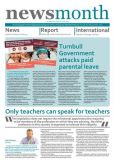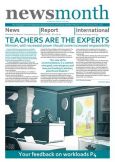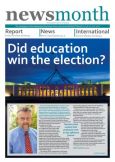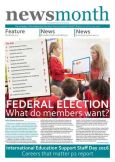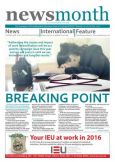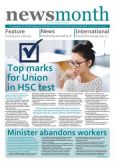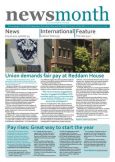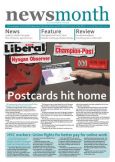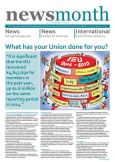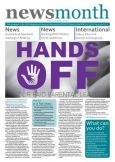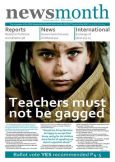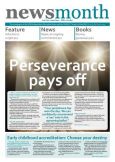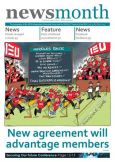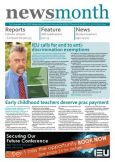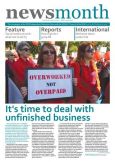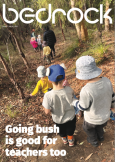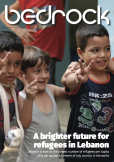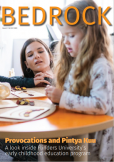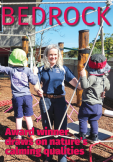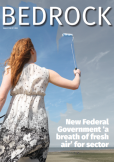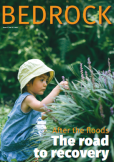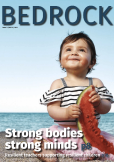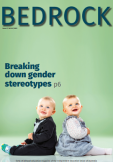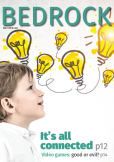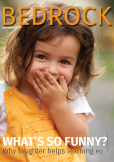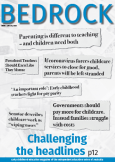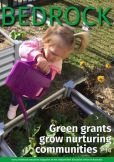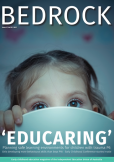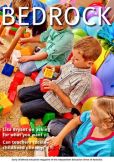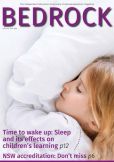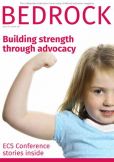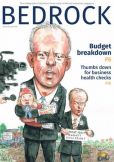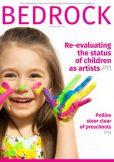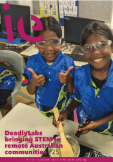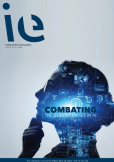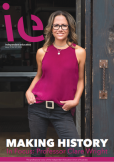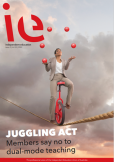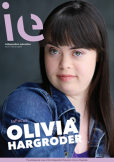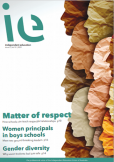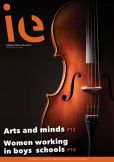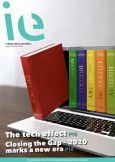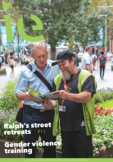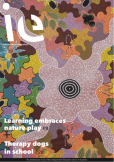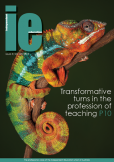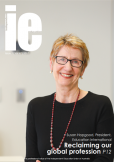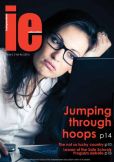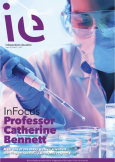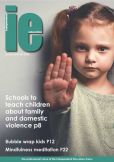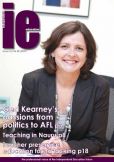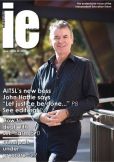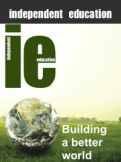
Creativity has been considered one of the “four Cs” of 21st-century skills – along with critical thinking, collaboration and communication – to highlight its importance to students in this new era (Chiruguru, 2020). But just how to assess student creativity in the classroom effectively has been discussed for a long time (Beghetto, 2019).
School teachers find it difficult to measure students’ performance in creativity and to monitor their learning progress during instruction (Anne & Leon, 2017). This issue deserves to be considered from a measurement perspective; for example: Why is it that current measures of creativity are not readily used in the classroom? And how can they be used to achieve the purpose of ‘assessment for learning’?
Traditional measures of creativity
Available measures of creativity have adopted traditional norm-referencing processes to give meaning to the scores by comparing them to the scores of a normative group of peers (Said-Metwaly et al., 2017). This type of measurement can yield a relative position to indicate students’ ranking in the group being measured.
However, a mark itself or a relative position of a student’s achievement can only provide minimal information on teaching and learning unless it can be referenced to a clear description of what it is they know, can do and value in relation to creativity.
Standards spur progress
If the difference in creativity between a 60-point student and an 80-point student can be described in terms of what students know, understand and value, then it should provide teachers with a wealth of meaningful information, not only to identify the level and development of students’ creativity, but also to evaluate and improve their pedagogies for developing creativity. This reflection triggered the potential for using standards-based measurement principles in building a measure for creativity.
Standards-based measurement describes the degree of students’ learning development by referencing their performance to a pre-determined standard regarding a measured construct (in this current case the construct is creativity) (Tognolini & Stanley, 2007).
Standards-based measurement is characterised by syllabus and performance standards. Syllabus standards describe what construct is to be measured. Performance standards, on the other hand, articulate how well a student performs in relation to the construct defined by the syllabus standards.
Performance standards describe a developmental continuum that shows a progressive sequence of proficiency levels in relation to creativity. Evidence of learning, such as test scores and students’ performance in the classroom that are relevant to creativity (or any other construct), can be referenced to the performance standards that are generally presented in a measurement rubric to show what students know and can do.
By linking standards-based measurement to a construct such as creativity through a measurement rubric, it becomes possible to express differences in performance levels on creativity in terms of what it is students know and can do.
This, in turn, allows teachers to develop learning strategies for assisting students to move along the developmental continuum and become more creative.
Uncertainty and standards
The ‘uncertainty’ associated with perceptions of creativity seems to be the opposite of what a ‘standard’ means. Creativity is considered unpredictable, while a ‘standard’ is established by a set of pre-expected outcomes. (Standard is derived from the Frankish/Germanic military word, ‘standahard’ which literally means ‘stand firm’.)
The premise of a performance standard is not to describe what a creative product looks like; rather, it is to demonstrate the characteristics of a creative product and what students should know and do to be able to achieve this standard. The requirement for critical and creative thinking in the Australian Curriculum and its learning continuum is a good entry point to understanding creativity (ACARA, 2016).
Creative thinking is an important part of creativity – but not equal to it. The requirement in the Australian Curriculum should be adapted carefully to better suit different educational purposes, such as in specific subjects or courses.
The consideration could be, for example, whether creativity or creative thinking is a learning goal in a particular unit, whether critical and creative thinking is measured together as an integrated whole, and what creativity looks like in (for example) a science classroom. Answers to these questions can help to contextualise generic standards of creativity into a specific context.
Shared understanding
However, teachers might interpret the performance standards (abbreviated as standards) differently as the descriptions in the standards sometimes fail to visualise how well students can perform at a particular level in the construct of creativity.
This disconnect between the standards and classroom practice can be minimised with the use of student exemplars to achieve consistency in teacher judgment before the assessment of creativity starts. Exemplars, or work samples, which have been commonly used as a standard package in the NSW Higher School Certificate, describe what level of performance is required to achieve a particular band in a course (John, et.al, 2012).
The learning objectives (corresponding to the components of the construct) and performance levels that each task addresses need to be thoroughly discussed to make sure that the evidence from the students carrying out the task enables the ‘correct’ location of the student performance on the measurement rubric. Throughout this process, teachers will need to develop a shared understanding of creativity.

